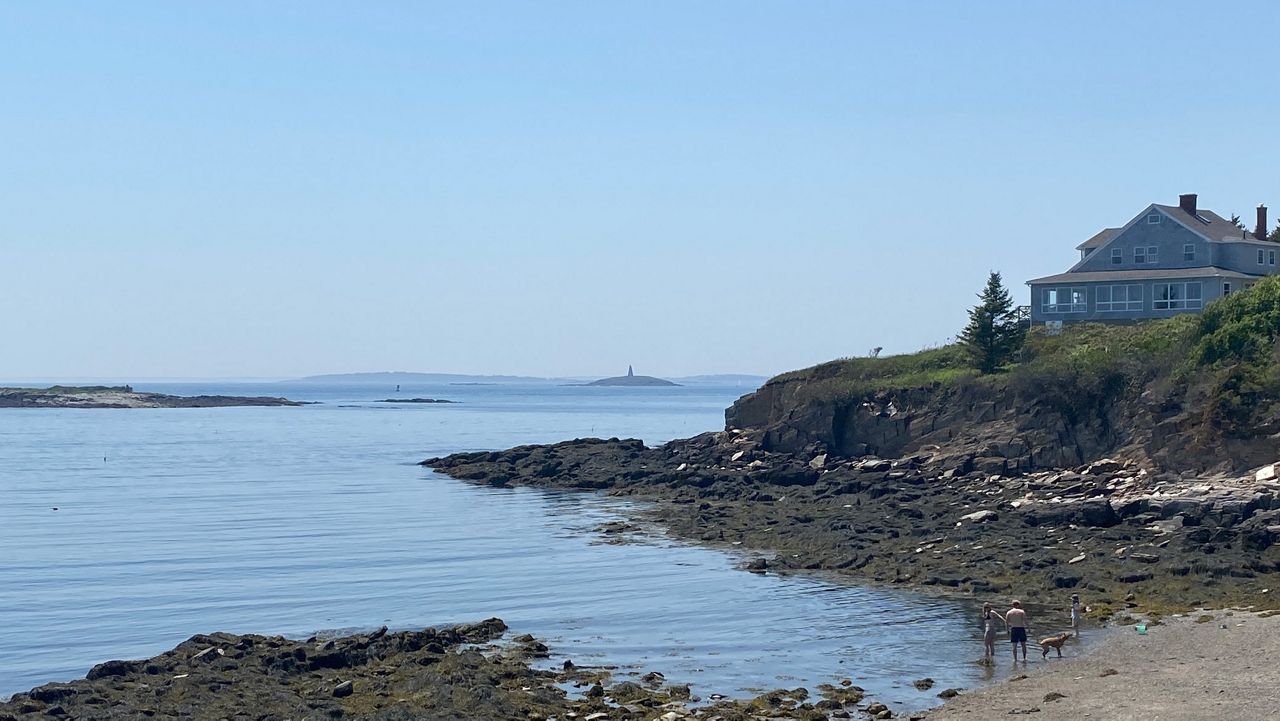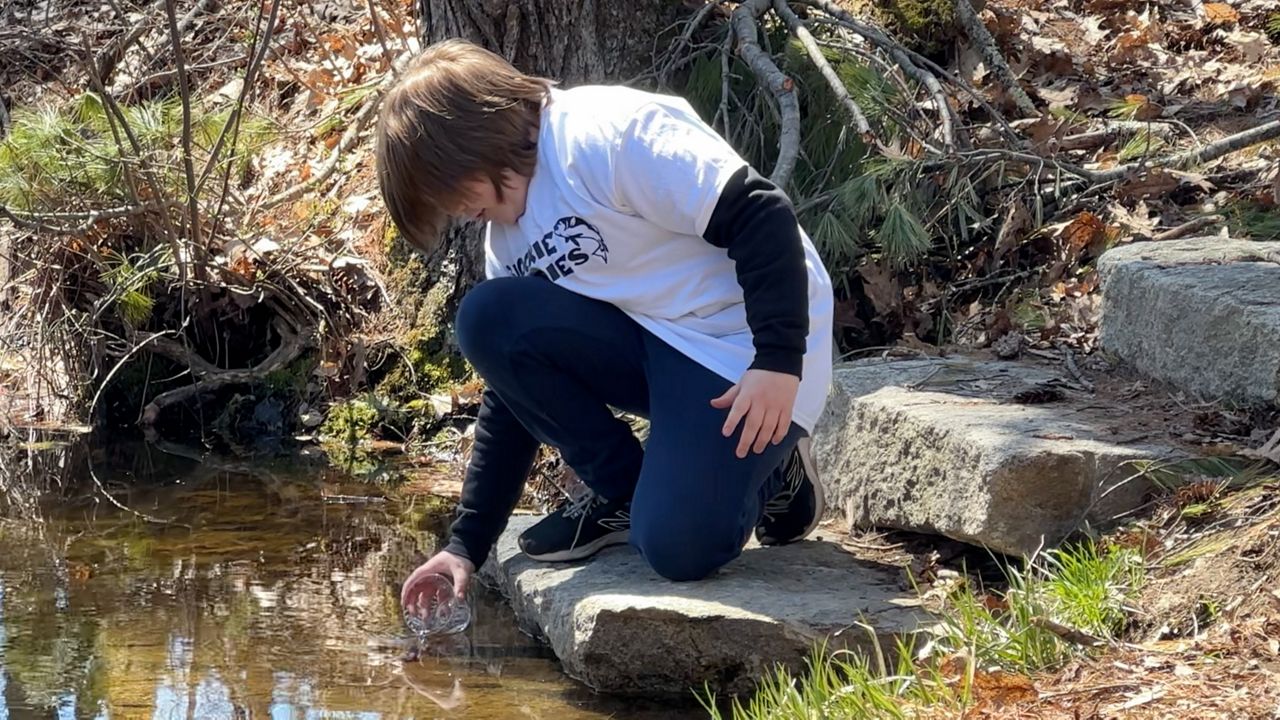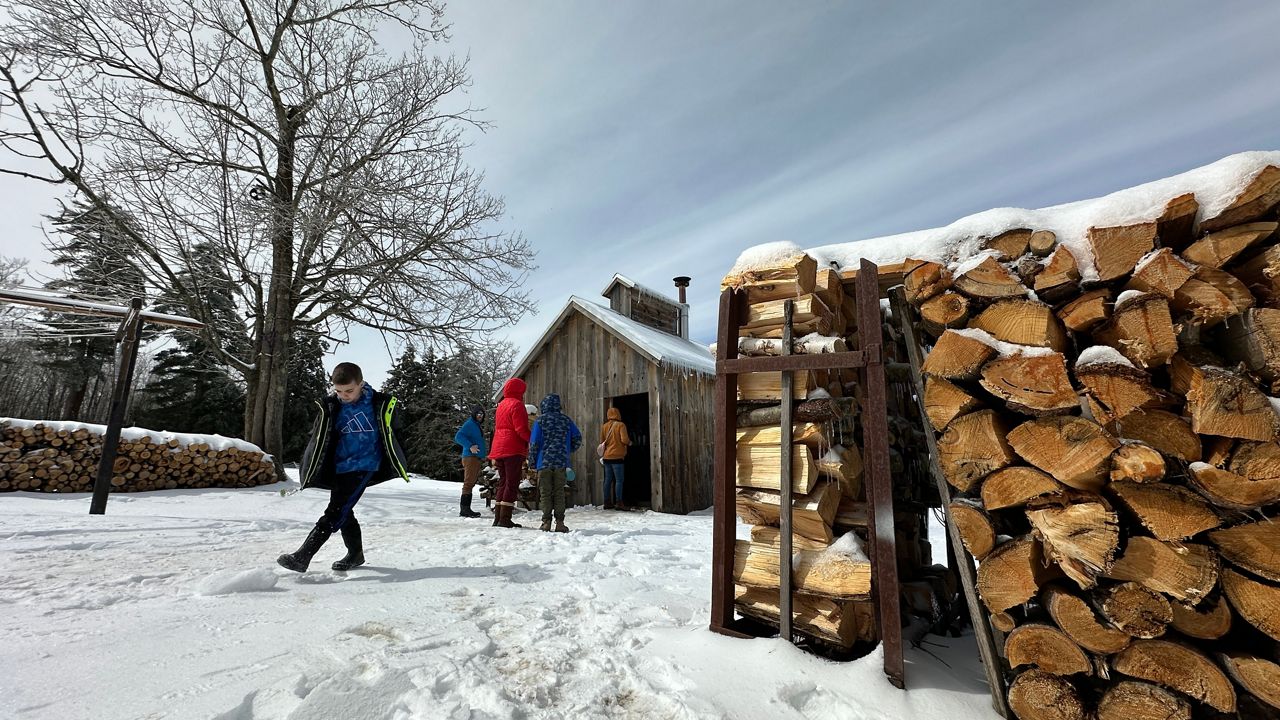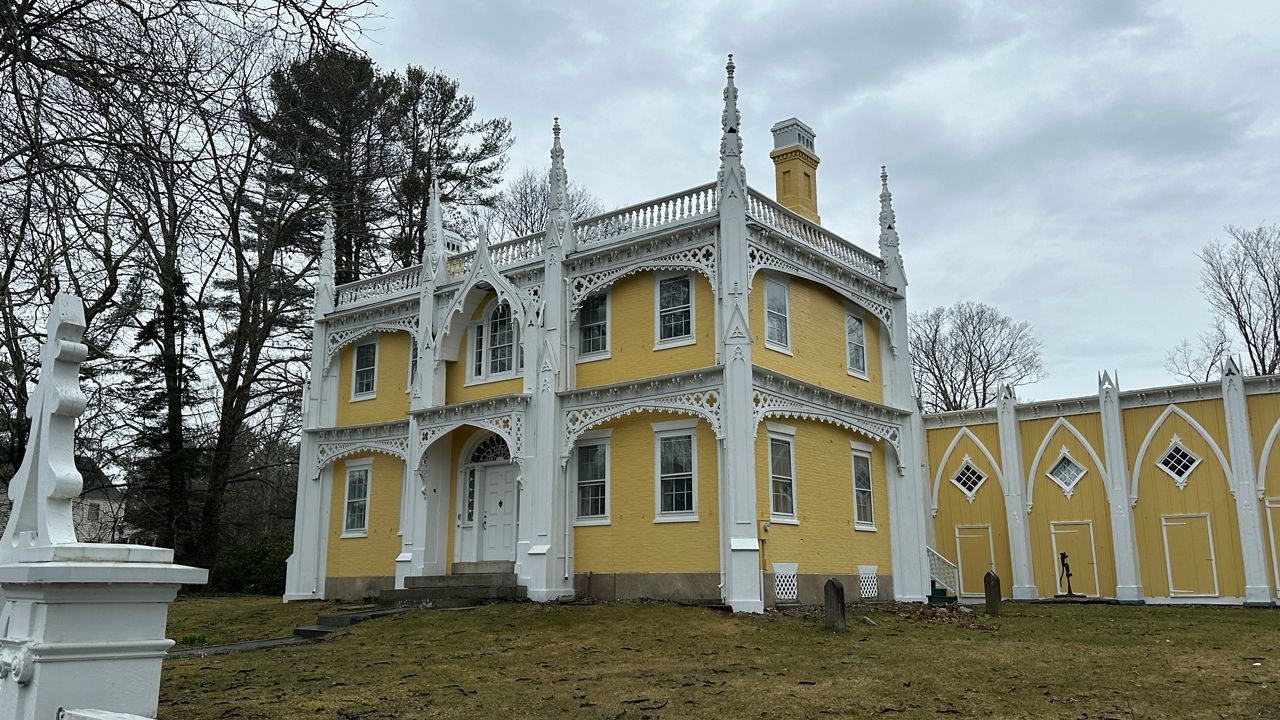Harpswell officials will weigh taking ownership of a local monument and navigational aid that the federal government is no longer interested in owning.
On May 30, the U.S. General Services Administration issued a notice of availability for the Little Mark Island and Monument, meaning “eligible entities” may respond asking to acquire the property for free. If no one applies within 60 days of the notice, the administration will put the property up for public auction.
The administration stated the property could be acquired by state and local government agencies, nonprofits, historical groups or other entities.
The Harpswell Select Board will discuss on June 8 whether to apply to acquire the property.
The island is in Casco Bay, just off the coast of Bailey Island in Harpswell. The monument is a hollow obelisk 18 feet square at the base and stands 50 feet in height. It has been on the National Register of Historic Places since 2016.
Kelly Page, collections and library sciences manager at the Maine Maritime Museum in Bath, said the monument was built in 1827. It has a small room built into its base, but Page said historians believe that was only meant to be an emergency shelter for anyone who became stranded in the area during a storm.
Little Mark, Page said, was one of three such markers built along the Maine coast. Another, which has since been taken down, was where the lighthouse at Two Lights State Park in Cape Elizabeth is now.
The third, she said, is off the coast of Biddeford.
Known as “day markers,” the obelisks were painted black and white to make them more visible from the water.
“They essentially functioned to be a visual landmark,” Page said.
In the early 19th century, Page said, there were fewer lights and structures along the coast, mandating visual landmarks like Little Mark helpful for daytime navigation.
Even Maine’s iconic lighthouses, she said, were few and far between at the time. Today, there may be 65 of them dotting Maine’s shores, but when Little Mark was built there was only about one-third that number, she said.
“The coast of Maine was not as navigable by sight,” she said.
Page said visual beacons like Little Mark can still be useful to residents who travel by boat.
“Even with GPS now, a landmark like this, it’s just something that’s part of the seascape that everyone knows,” she said.
Harpswell Select Board Chairperson Kevin Johnson grew up on Bailey Island. For him, Little Mark has sentimental value, and he wants to make sure it is preserved.
“I wouldn’t want to see that fall into the wrong hands,” he said.
An electric light was added to the Little Mark monument’s top in 1927, but Page said it was never meant to be a proper lighthouse with a keeper, and Johnson said the light itself was switched off for the last time in 1993.
Like all official navigation aids, Little Mark is currently owned by the federal government, which makes the administration responsible for its management.
Whenever the U.S. Coast Guard decides such an aid is no longer necessary, as has happened with Little Mark, the administration releases the property into non-government hands, according to Paul Hughes, the administration’s New England spokesperson.
“Since it was a light station, it is being offered to eligible entities as authorized by the National Lighthouse Historic Preservation Act,” he said. “The USCG is in the process of permanently disestablishing this light since it no longer serves as an active aid to navigation.”
Johnson said he hopes his fellow board members will agree, since there appears to be no downside. If the town wants it, he said, it can have it for free. No one has reason to go out there, he said, and since it’s just a stone obelisk with a nonfunctioning light on top, there’s nothing to maintain.
“It could use a paint job, but we’ll worry about that afterwards,” he said.

The island itself appears to have no other value and would be virtually impossible to build upon. There is no dock, so docking a boat there isn’t possible unless the seas are relatively calm. Page said there’s only about an acre of land, and that includes the space occupied by the monument itself, right in the island’s center.
“It’s basically a rock on a very thin strip with enough sediment for grass to grow,” she said of the monument. “Clearly, no one’s going to live on that island.”
The monument is visible in the distance from the southern tip of Bailey Island, where Karen Hutchins owns and runs the Land’s End Gift Shop. Some people come looking for it, she said, while others spot it from the shore and get curious.
“A lot of people ask where it is,” she said. “They just want to know what it is.”
Hutchins agreed that if the federal government doesn’t want the monument anymore, the town should take ownership.
“I think that kind of makes sense,” she said.









